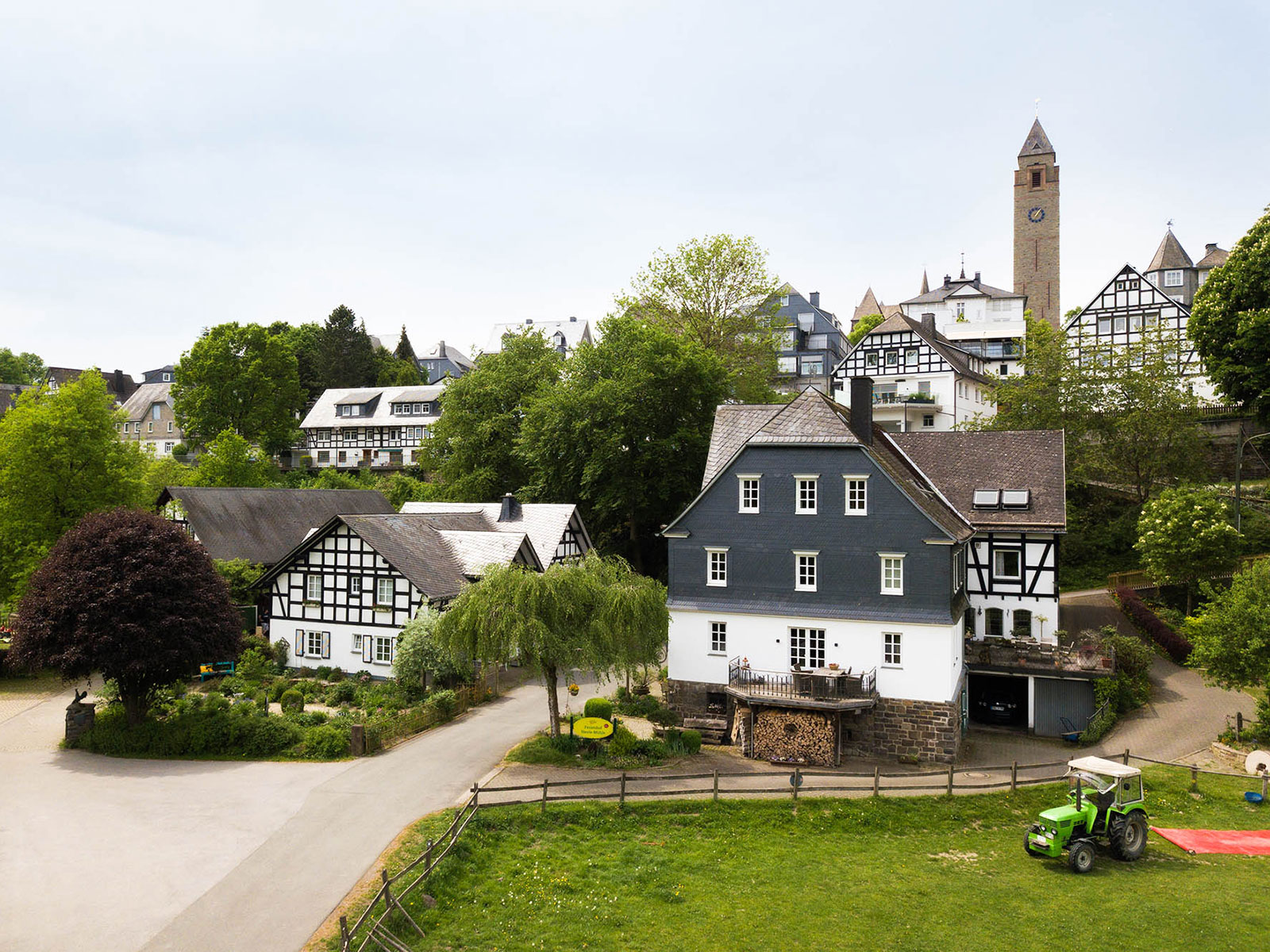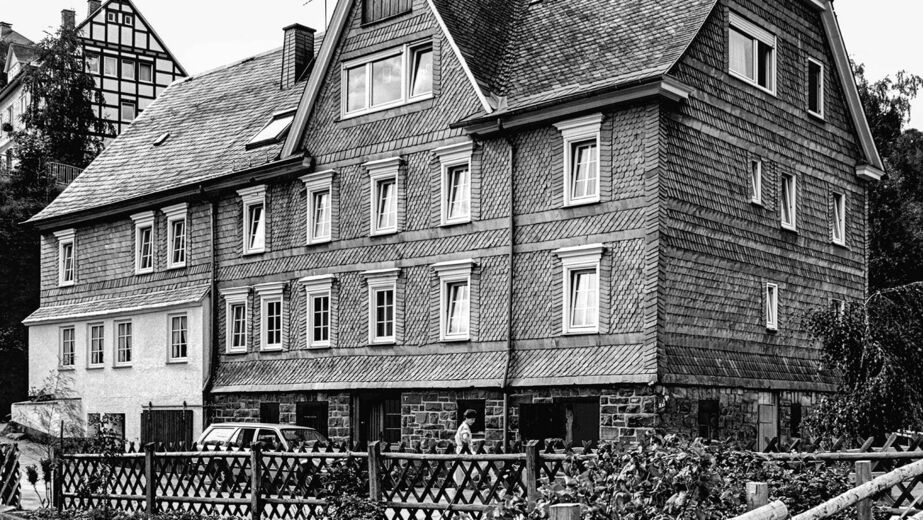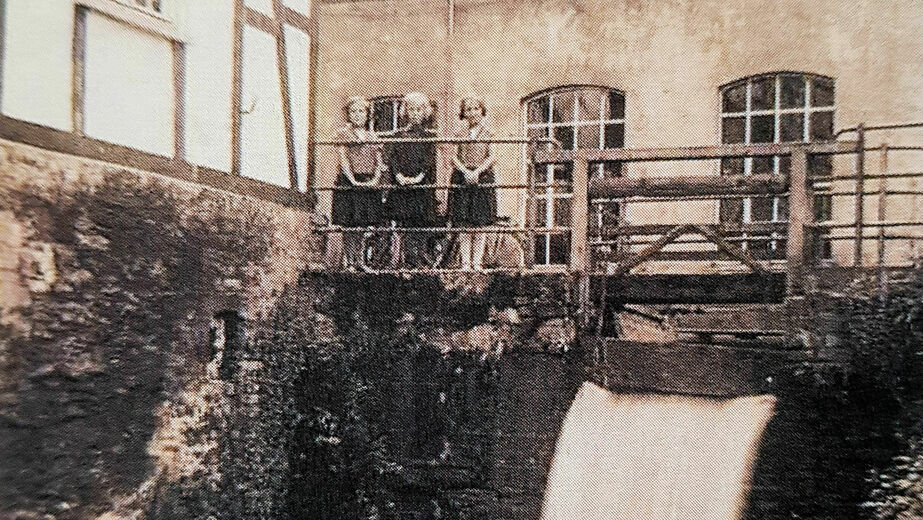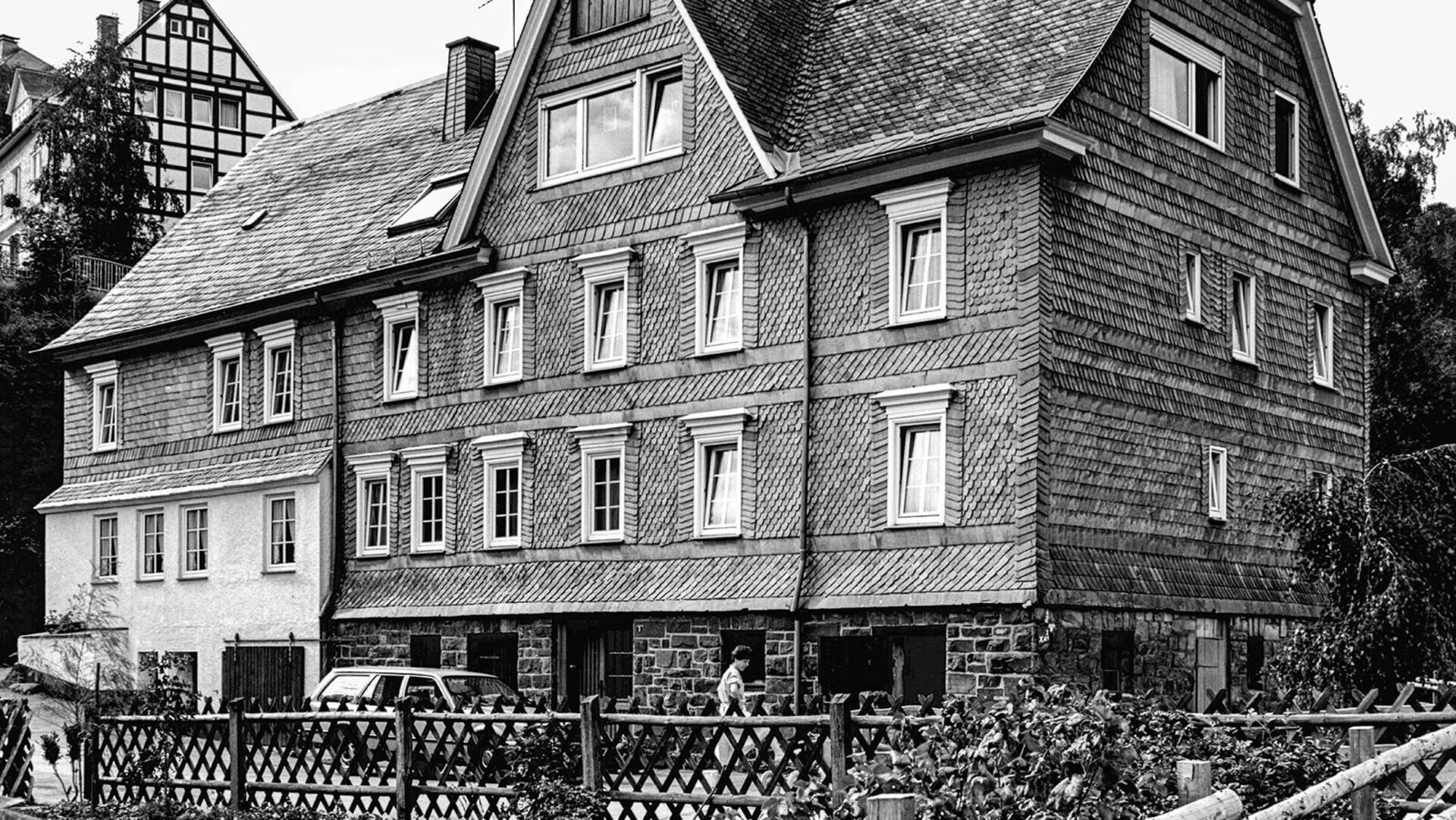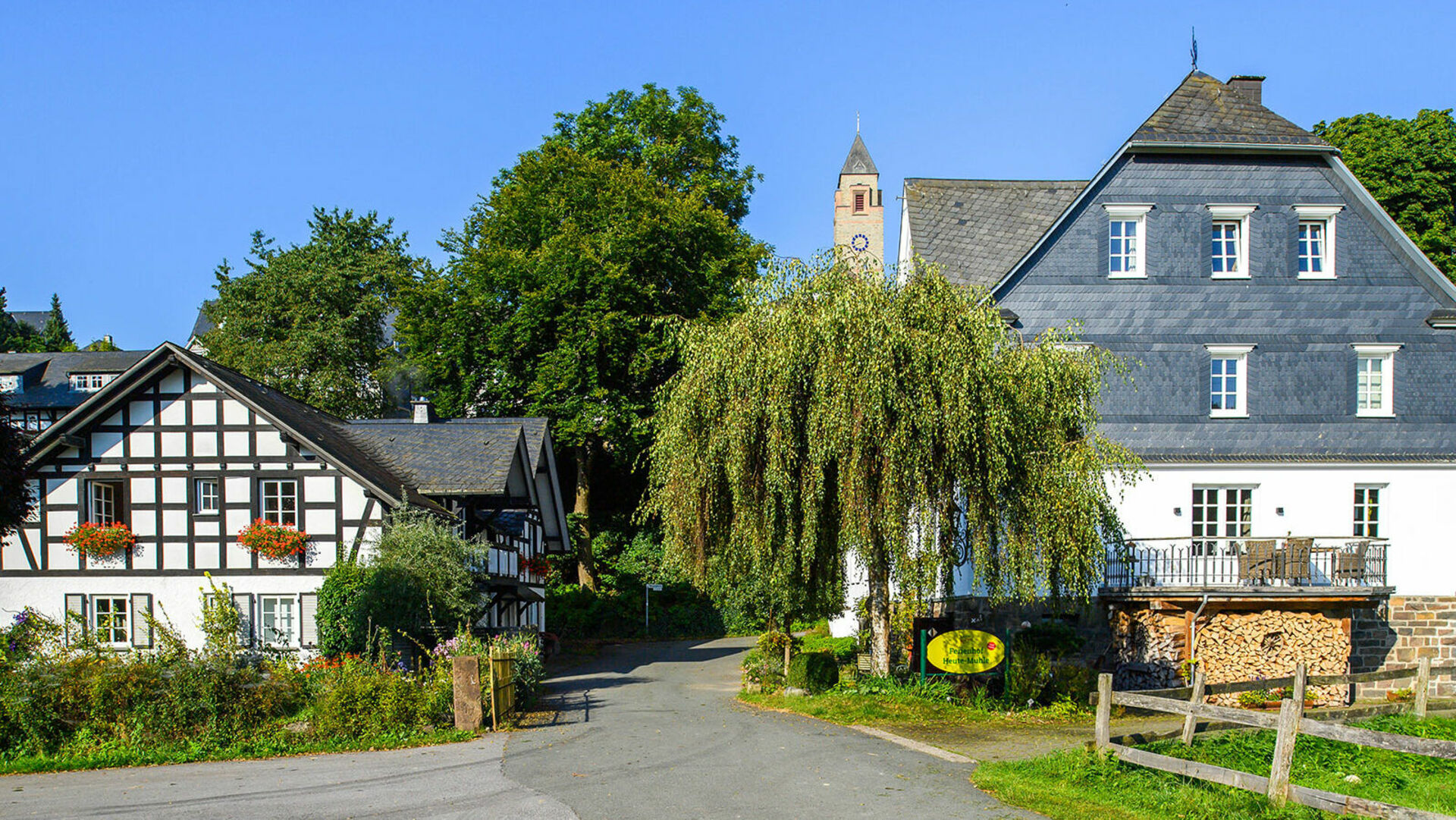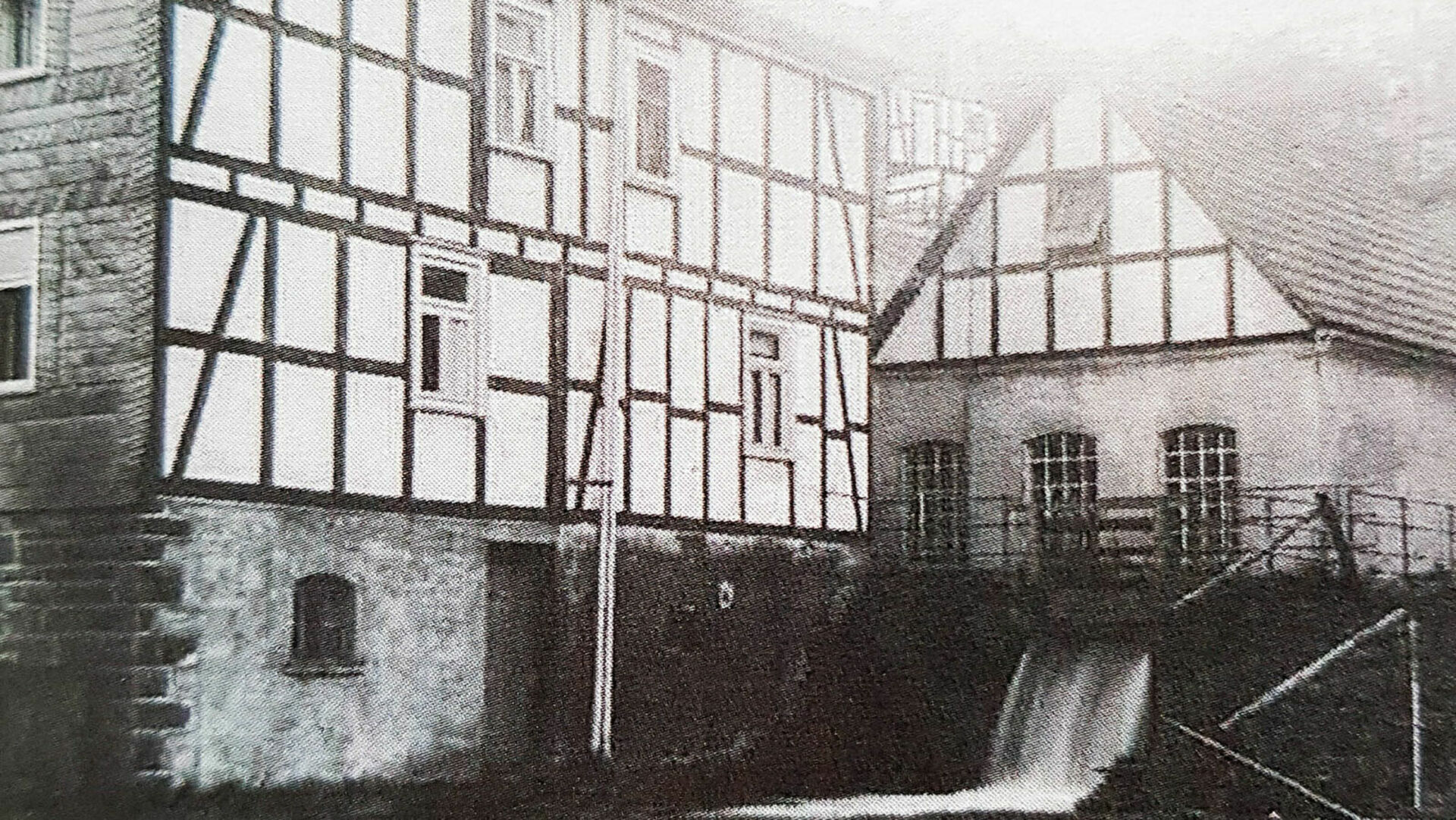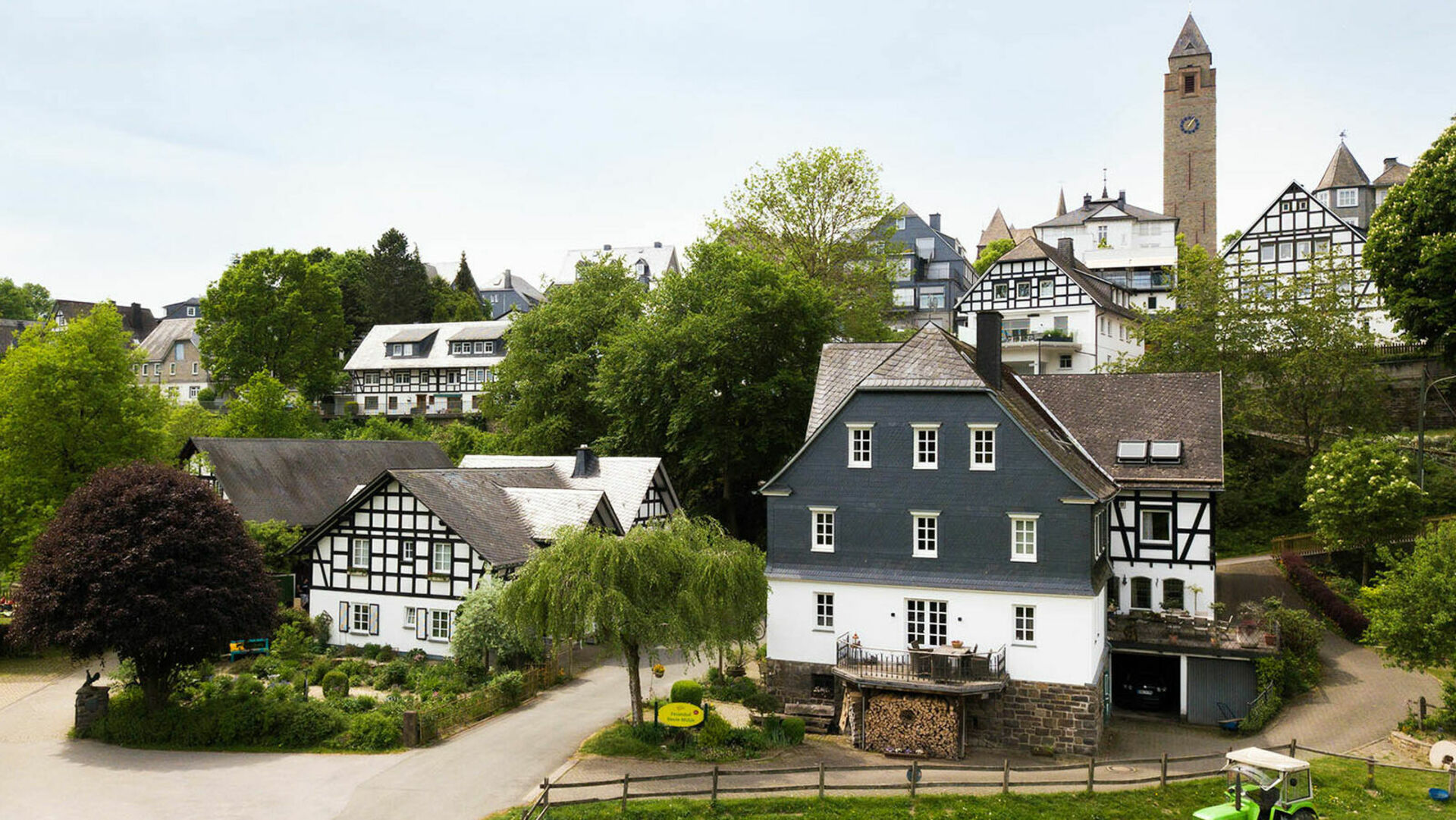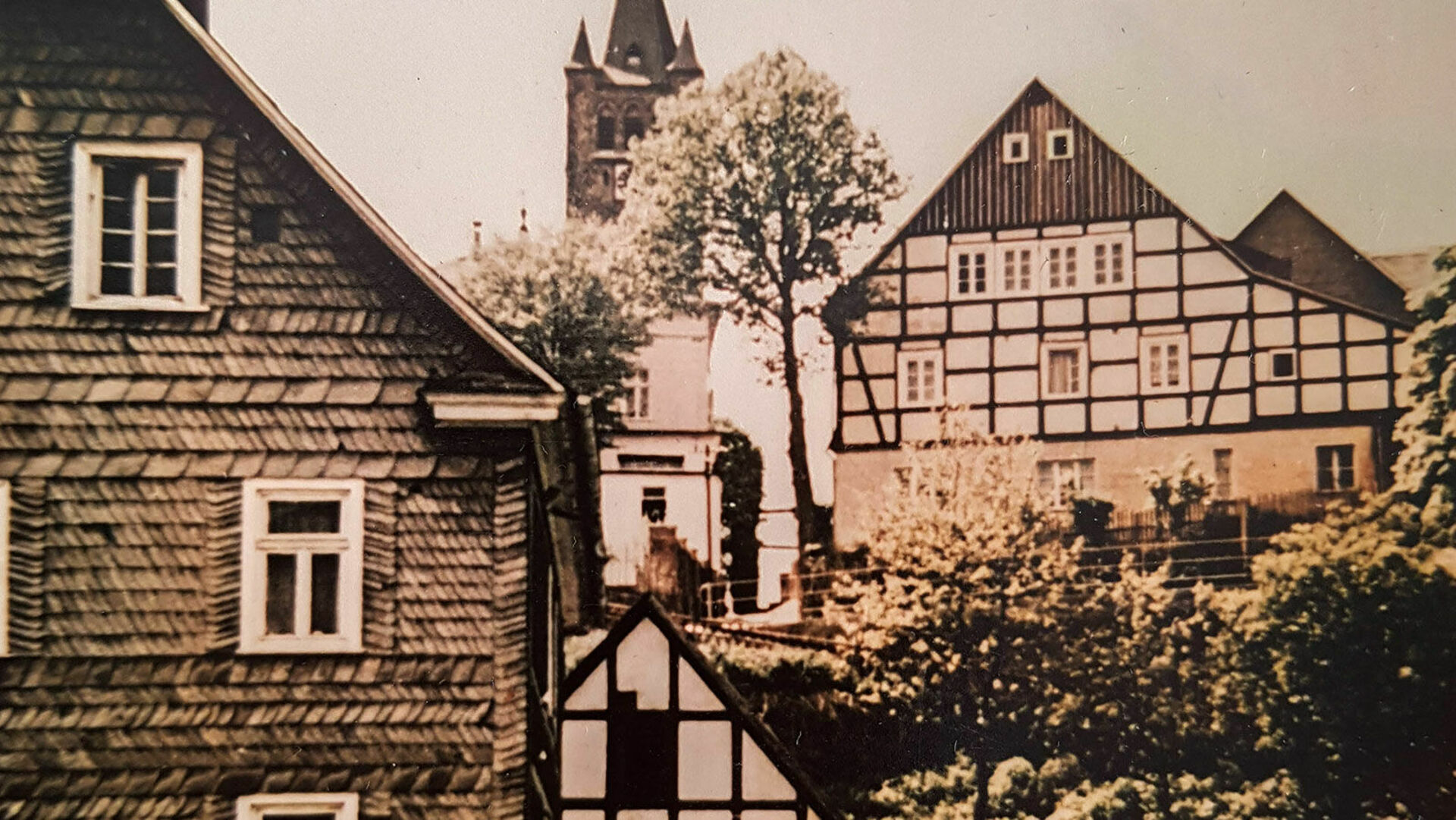The Today Mill in Schmallenberg
From watermill to vacation farm
The Heute-Mühle or Obere Mühle was one of three original mills on the Lenne in Schmallenberg. Around 1300 Schmallenberg the so-called grist mill as the town mill. It was located below the so-called water gate. After a flood in the 1960s, the millrace was closed and the building was converted into a farm. The former mill is now part of a child-friendly vacation farm. Other mills in Schmallenberg were the Klostermühle (now the "Alte Mühle" art house) and the Niedere Mühle (now "Café Zeit" at the water wheel).
About 400 liters of rye flour paid Schmallenberg for the purchase of the upper mill beyond the city walls. This is recorded in the register of the Westphalian Marshal's Office. Only around a hundred years earlier, the small settlement on the Lenne had been upgraded: The Archbishop of Cologne had built a castle here; a town grew up. The various mills played a part in this development: to power them, the Lenne In 1553, the Upper Mill had to be rebuilt, at a cost of 45.5 marks. At the turn of the 20th century, the water wheels were replaced by turbines. More efficient large mills then took over the work. Mill operation finally came to an end when the upper dam was destroyed by a flood in December 1961. The moat was filled in and the technical equipment dismantled. Hardly anything remains today to remind us of the former mill.
The Heute-Mühle is a Sauerland half-timbered building from 1553. The quarrystone foundation wall supports two half-timbered storeys, which were plastered and clad with slate at an early stage. Over the centuries, the building was constantly extended and rebuilt. The family of the current owners added half-timbering to the extension, under which the pressure-reducing waste ditch used to run. Three arched windows have been preserved. The moat under the extension was filled in the 1960s. Its course can be traced along the driveway. The threshold where the driveway meets the road is a former bridge pillar. A millstone forms the step at the front door to the street. The slate covering of the walls was only retained on the second floor during the last renovation and was added to the rear of the house. The actual mill and bakery were located in the left-hand part of the building as seen from the street.
Today, children visit the Heute-Mühle vacation farm. In the past, the miller had farmers as guests. He ground their grain into meal or flour and received a quarter of the grain in return. "Grind, mill, grind fine, the fourth grain is mine", is the traditional saying. In later years, there was a mill baker, so that bread was baked directly for the farms. Traditionally, the town leased the mill to a citizen for 7 years at a time. This changed in 1836 when Anton Willmes took over the mill on a hereditary lease and kept it for longer. Around 1850, the miller Franz Heyte (=Heute) bought the mill. He is an ancestor of the current owner family. After a flood, his daughter Franziska and her husband Willi Richter converted the mill into a farm with livestock. Richter's son Gerhard also opened a guesthouse in 1975. Gerhard's daughter Karin Salamon and her family turned the farm into a vacation farm in 2006.
Vertelleken
Chatting out of the sewing box...
The river Lenne drove the mills in Schmallenberg . It has its source at Rothaargebirge and is the most watery tributary to the Ruhr. When it rains heavily, the snow melts or ice floes dam up the river, it still overflows its banks. Lenne It still overflows its banks today, flooding at least meadows and often roads as well. The flood in December 1961 was the 27th recorded flood since 1643. Lenne-It destroyed the weir above the Heute-Mühle mill. The river was dammed here and diverted into a millrace. It first wound its way through the meadows up to the town slope before flowing vertically towards the mill. After another barrage and two smaller sluices, the water ran under the house and drove the mill wheels/turbines. Another ditch, the waste ditch, diverted excess water and thus protected against damage caused by strong water pressure.



